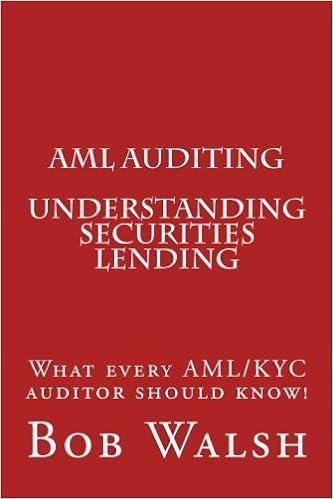

Multiple Choice 1. The book value of ordinary shares is the same as a. par value. b. liquidation value. C. net worth. d. net tangible asset value per share. 2. NMB Corporation has 5,000,000 ordinary shares and 1,000,000 shares of 6% P100 par value cumulative preference shares. During the recession of the past two years, NMB suspended all dividend payments. This year NMB returned to profitability, and the board of directors declared a P1 per share ordinary shares dividend to be paid at the end of the year. How much would NMB have to pay in dividends this year? a. P5,000,000 b. P11,000,000 C. P17,000,000 d. P23,000,000 3. APL Corporation has a 6% participating preference shares issue, along with a ordinary shares issue. Which of the following statements is true? a. Participating preference shareholders receive a minimum dividend payment of 6%. b. Participating preference shareholders receive an average dividend payment of 6% c. Participating preference shareholders receive only 6% in dividends. d. Participating preference shareholders receive a maximum dividend payment of 6%. 4. An investor owns 1,000 shares of GDM Corporation when the corporation announces a 1-for-4 reverse share split. Before the share split, GDM's stock was trading at P1.50 per share. After the share split, what ownership position will the investor have? a. 4,000 shares at PO.37 per share b. 1,000 shares at P6.00 per share C. 250 shares at P1.50 per share d. 250 shares at P6.00 per share 5. A corporation has 6% participating preference shares. What does the 6% mean? a. Maximum dividend payment b. Minimum dividend payment c. Actual dividend payment d. None of the above 6. Which of the following corporation accounts are not affected by the payment of a cash dividend? 1. Shareholder's Equity II. Total Assets III. Long-Term Liabilities IV. Retained Earnings a. III and IV b. I, II, and III C. II, III, and IV d. 1, II, III, and IV 1. Which of the following transactions does not decrease working capital? 1. Paying a cash dividend II. Declaring a cash dividend III. Purchasing the corporation's own stock using the proceeds from newly issued long-term debt IV. Leasing long-term equipment, which is transacted as a capital lease a. I,III, and IV b. II, III, and IV C. I,II, and III d. I, II, III, and IV 8. A share split by a corporation affects which account on the statement of financial position? a. Retained Earnings b. Shareholder's Equity C. Share Premium d. Par Value 9. A corporation has 800,000 ordinary shares outstanding. Recently, the corporation bought 100,000 shares of its own stock. At the end of the year, the corporation has *P320,000 available to distribute to ordinary shareholders. What are the dividends paid per share? a. P0.40 b. PO.46 C. P2.19 d. P2.50








